Ep. 108 | The History of Hong Kong (Part 8)
After a bit of a break, we pick up after the Japanese occupation of Hong Kong. The 1950s were a stressful time for Hong Kong with Britain managing a diplomatic balancing act trying to be a good neighbor to the new PRC and to their closest ally, the USA.
Thanks to the exodus of Chinese industrialists, from Shanghai mostly, Hong Kong will usher in a manufacturing boom that will transform the economy and the territory’s place in the world.
Listen On Your Favorite Podcast Player
Terms in Episode
| Pinyin/Term | Chinese | English/Meaning |
|---|---|---|
| Guan Jiaqian | 关家蒨 | Nancy Kwan, see photo to the left |
| Jordan | 佐敦 | Area north of Tsim Sha Tsui |
| Mong Kok | - | Area north of Yau Ma Tei |
| Pibao Gongsi | 皮包公司 | A “purse company” meaning a small little mom & pop company |
| Shek Kip Mei | 石硤尾 | District in Kowloon, site of the Dec 25, 1953 fire |
| So Sau Chung | 蘇守忠 | The Hongkonger who played the key role in launching the 1966 Protests |
| Tsim Sha Tsui | 尖沙咀 | The main tourist district at the tip of the Kowloon peninsula |
| Xiao Shanghai | 小上海 | Little Shanghai, an area in North Point where many Shanghainese lived |
| Yau Ma Tei | 油麻地 | Area north of Jordan |







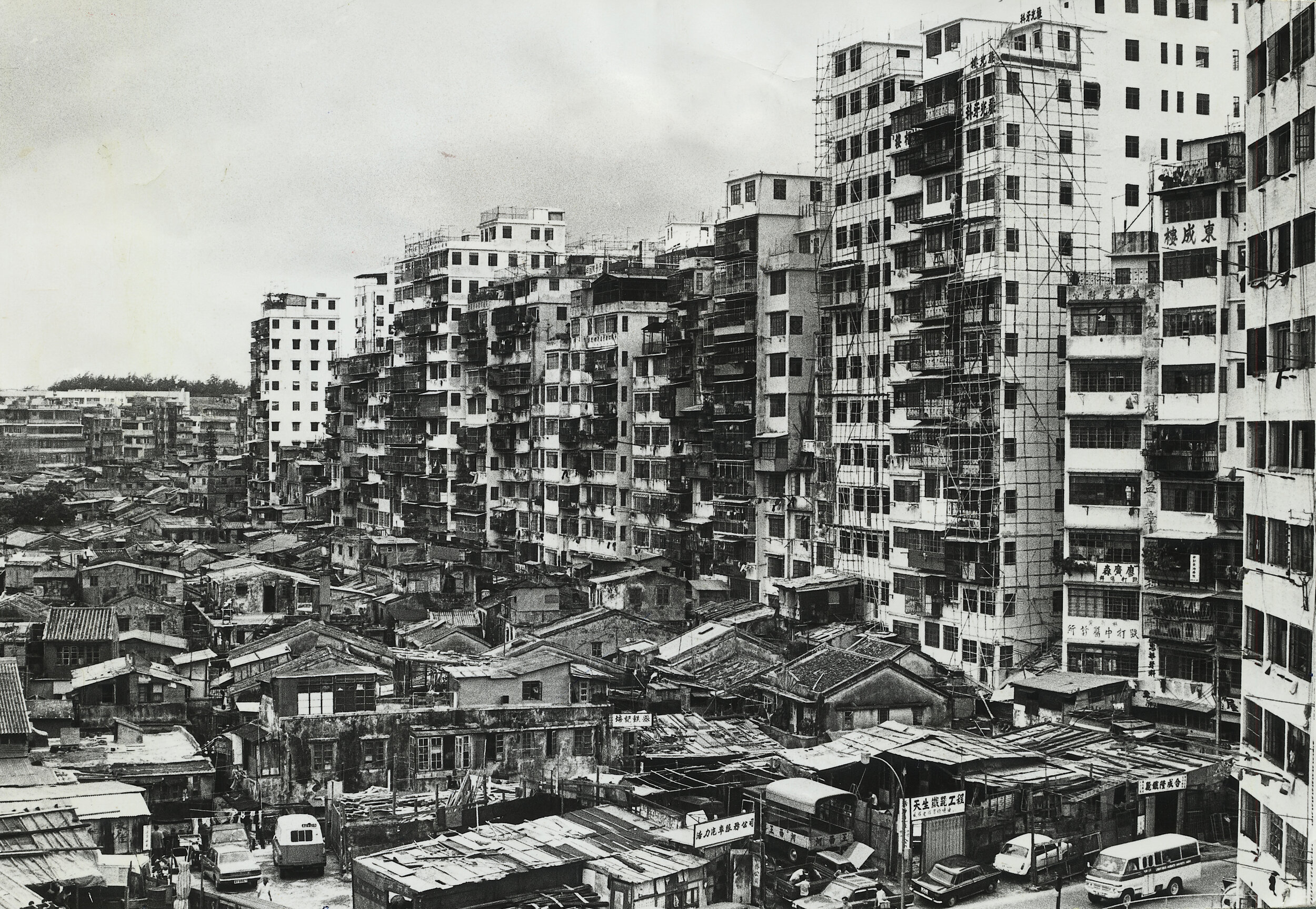
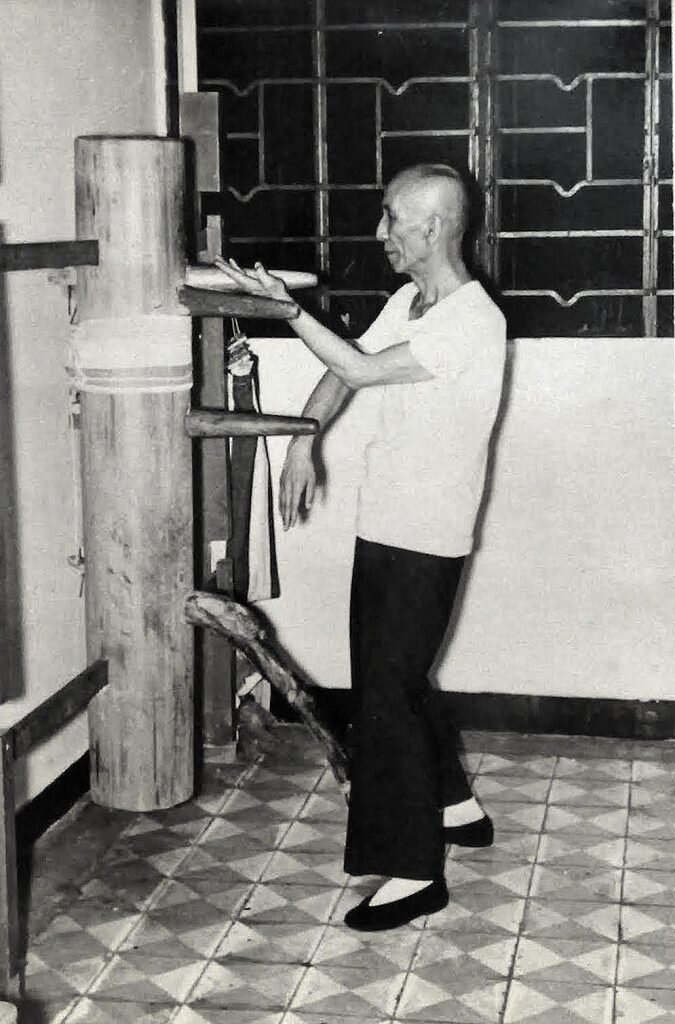
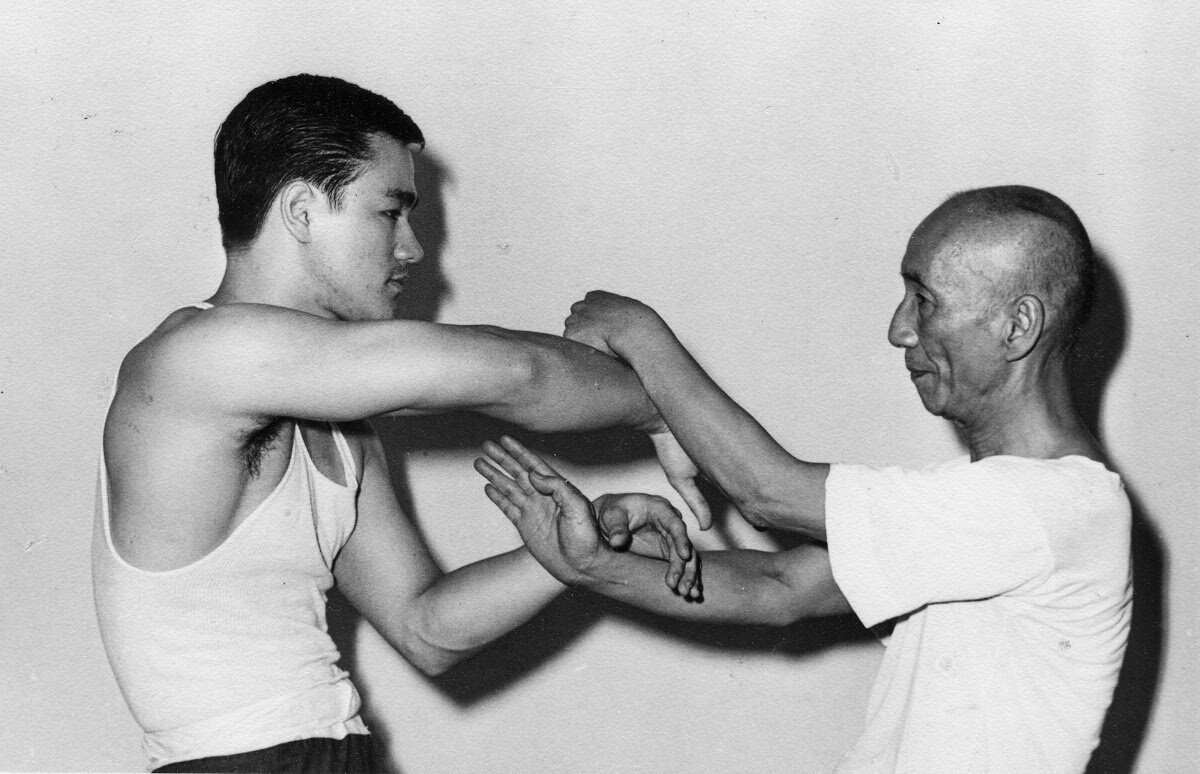
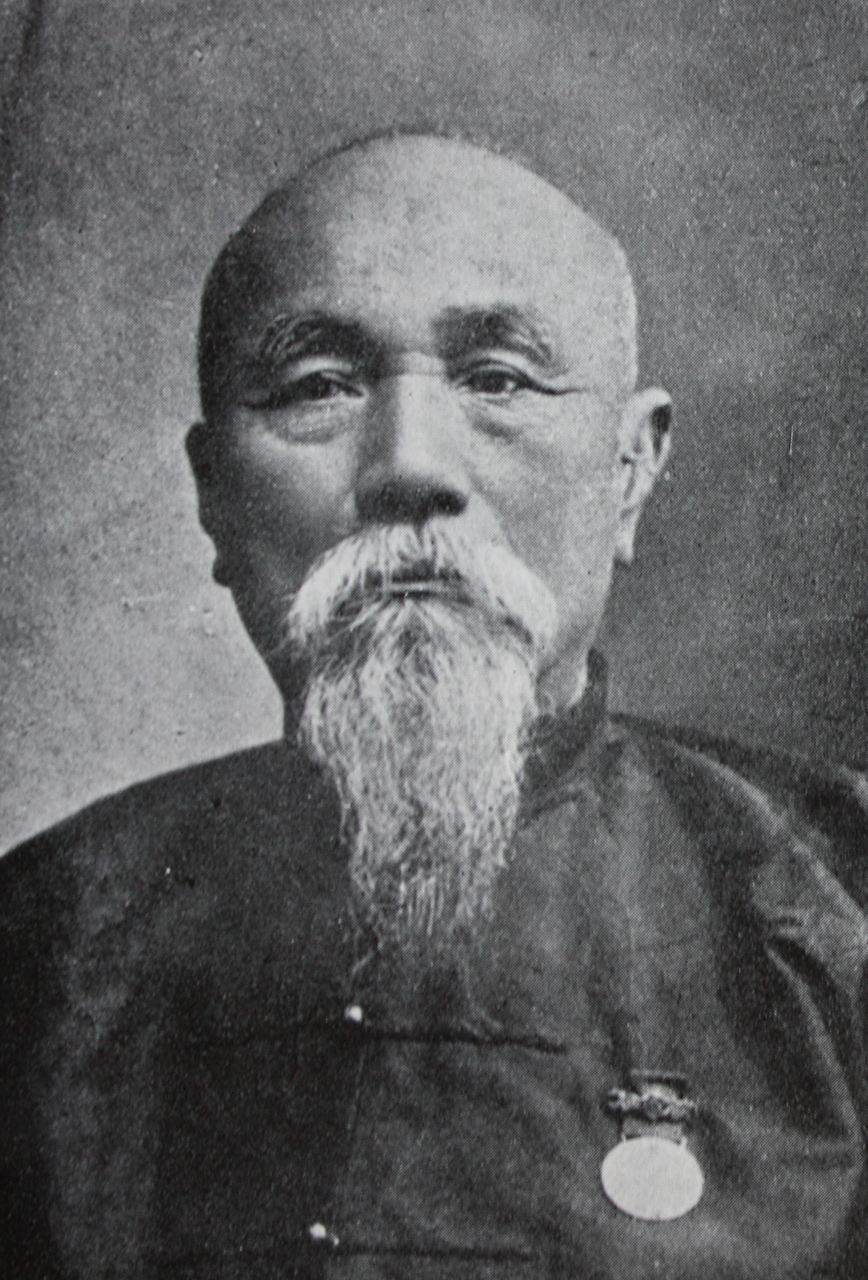
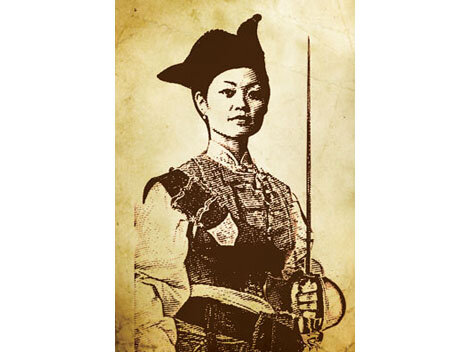
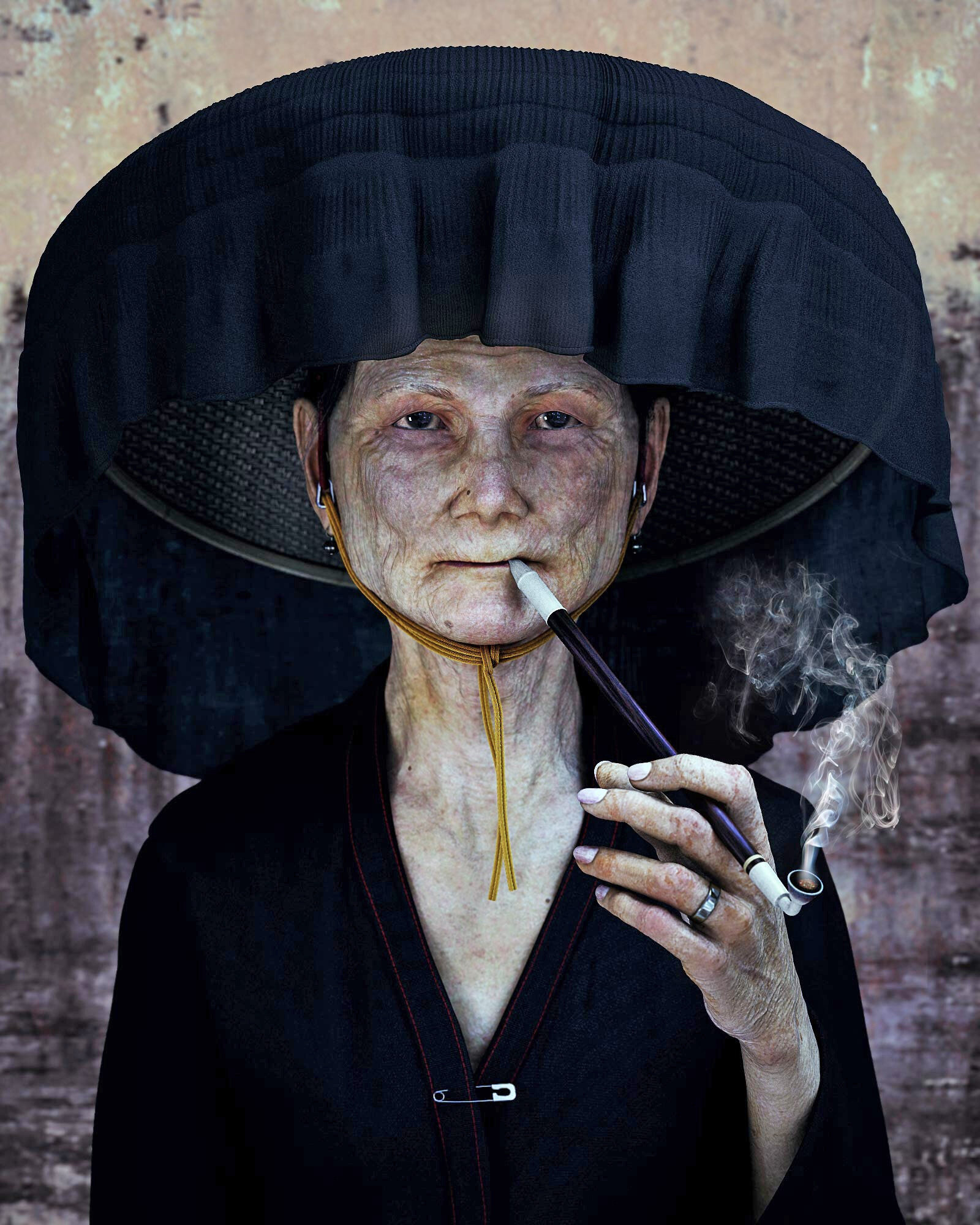

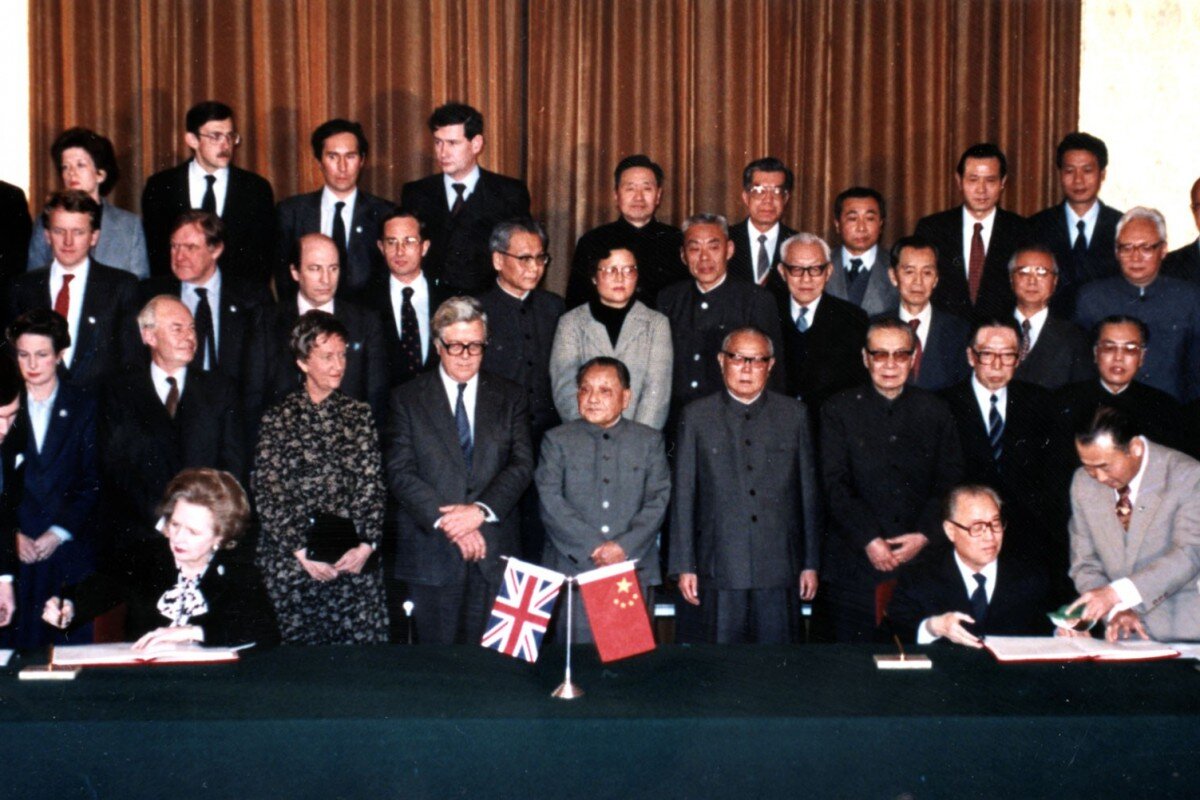
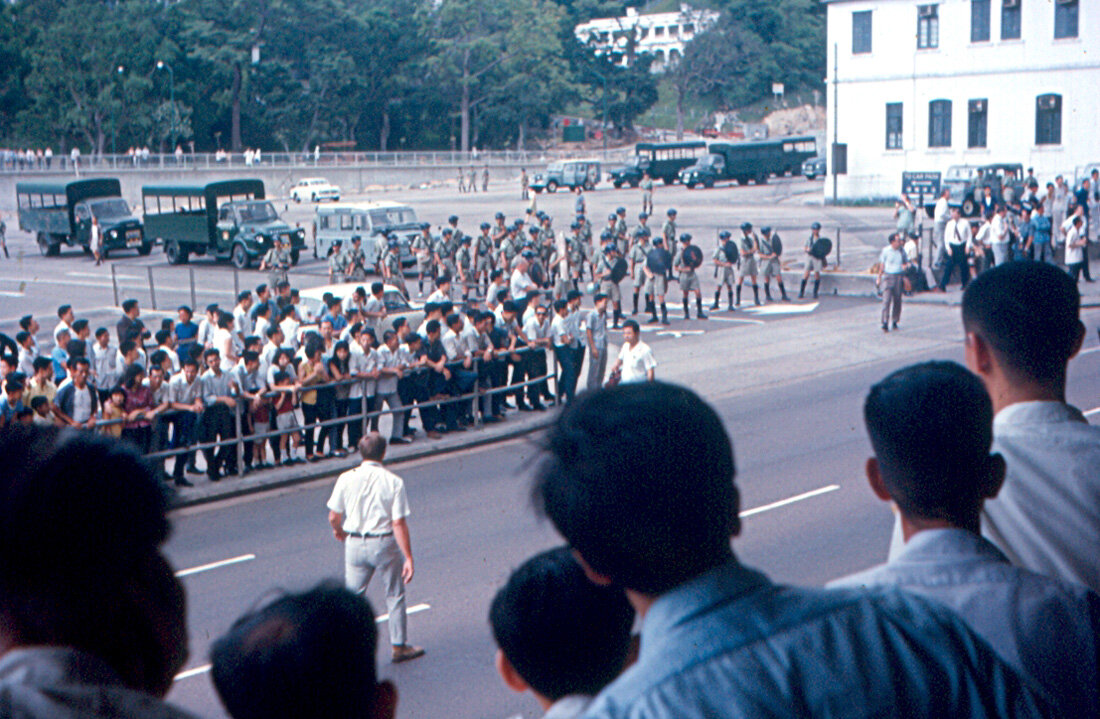
Laszlo is pleased to present an interview with longtime Hong Kong resident, writer, and cartoonist Larry Feign to discuss his new novel The Flower Boat Girl.